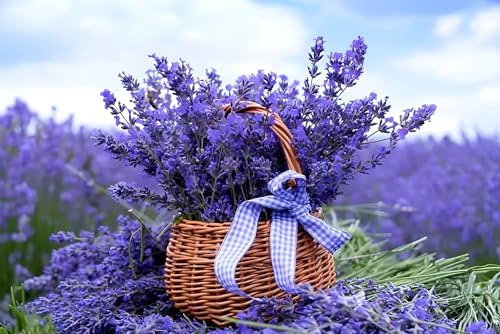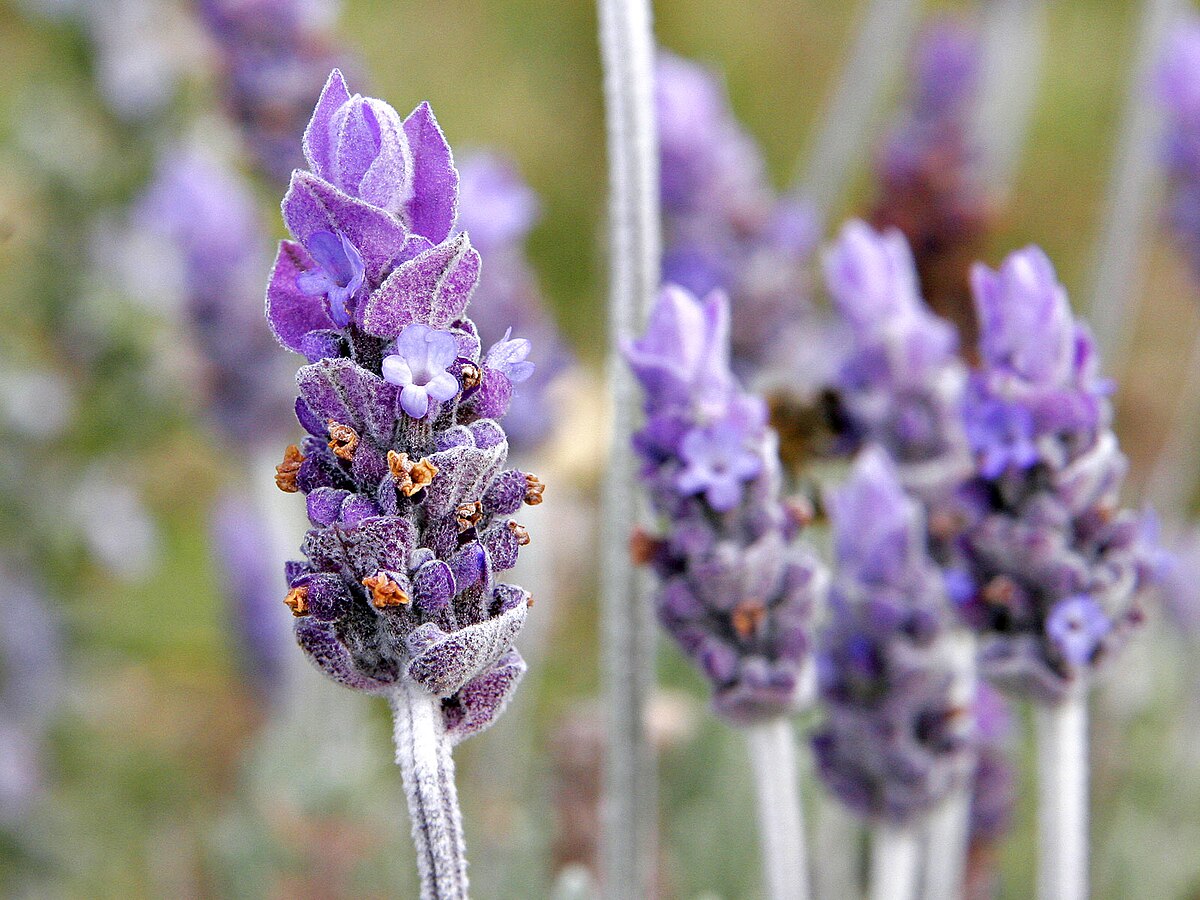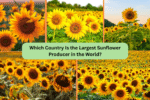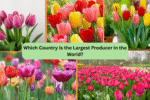Few plants in the world are as beloved as lavender. Famous for its calming fragrance, vivid purple blooms, and versatile uses in cosmetics, aromatherapy, and medicine, lavender has captured hearts globally. From ancient Roman baths to modern-day essential oils, this cherished herb has a rich history and a growing market presence.
But have you ever wondered which country stands at the forefront of lavender production? In this detailed article, we’ll uncover which nation is the largest lavender producer in the world, explore what makes it perfect for cultivating this aromatic plant, and look at the global landscape of lavender farming.
A Brief History of Lavender

Lavender (Lavandula angustifolia) traces its origins to the Mediterranean, Middle East, and India, where it has flourished for over 2,500 years. Ancient civilizations valued lavender for its medicinal, culinary, and ceremonial uses.
- The Romans famously used lavender in baths, to scent the air, and as a remedy for ailments.
- Ancient Egyptians used lavender oil in the mummification process and as perfume.
- Greek physicians documented its antiseptic and calming properties.
Over centuries, lavender became a prized herb in monasteries, royal gardens, and herbal medicine cabinets, eventually making its way to the global marketplace.
Which Country Is the Largest Lavender Producer in the World?
The world’s largest lavender producer is France.
Specifically, the region of Provence, located in southeastern France, is internationally renowned for its rolling lavender fields and fragrant harvests. This area has become synonymous with premium-quality lavender production, particularly for the essential oils, perfumes, cosmetics, and medicinal products industries.
Key Facts:
- France accounts for around 30% to 50% of the world’s commercial lavender production.
- The country produces over 1,000 tonnes of lavender oil annually.
- Lavender farming covers approximately 20,000 hectares in Provence and neighboring regions.
Why France Leads the World in Lavender Production

Several factors have established France as the unrivaled leader in lavender farming:
Perfect Climate and Terrain
Lavender thrives in dry, sunny climates with well-draining, sandy, or rocky soils — conditions that Provence offers in abundance. The region’s Mediterranean climate provides:
- Hot, dry summers
- Mild, wet winters
- High elevations (500–1,500 meters above sea level)
This creates ideal conditions for the best-quality, high-oil-content lavender varieties.
Rich Heritage and Expertise
France has cultivated lavender since the Middle Ages. Its long tradition of growing and distilling lavender has made French farmers some of the most skilled lavender cultivators in the world. Multi-generational farms preserve age-old techniques while integrating modern practices.
Well-Established Essential Oil Industry
France’s sophisticated perfumery and cosmetics industries, especially in Grasse (the perfume capital of the world), provide a strong, consistent market for lavender oil. Major global brands source French lavender for premium fragrances, skincare products, and wellness items.
Tourism and Cultural Appeal
Lavender tourism is a significant part of the Provence economy. During the blooming season (June to August), millions of tourists visit for lavender festivals, distillery tours, and stunning field views, further supporting the industry.
Famous Lavender Regions in France

Provence
The heart of French lavender cultivation, with famous towns like:
- Valensole Plateau
- Sault
- Luberon
- Digne-les-Bains
Drôme and Hautes-Alpes
Known for large-scale farming and high-quality essential oils.
Each region hosts annual Lavender Festivals, celebrating harvest traditions with parades, local markets, and artisan products.
Global Competitors in Lavender Production
While France leads globally, other countries also produce significant amounts of lavender, mainly for domestic markets or niche exports.
Bulgaria
The second-largest lavender producer globally and rising fast. In recent years, Bulgaria’s lavender oil production has surpassed France in quantity but not yet in global prestige or price point.
Key Facts:
- Bulgaria produces over 400 tonnes of lavender oil annually.
- Its lavender farming area has expanded to more than 5,000 hectares.
- Bulgarian lavender oil is often used for industrial-grade products and aromatherapy.
Australia
Australia produces lavender essential oils and dried flowers, with key farms in Tasmania, Victoria, and New South Wales.
Key Highlights:
- Specializes in organic and high-grade oils.
- Popular lavender tourism attractions like Bridestowe Lavender Estate.
India
Emerging as a new player, especially in Jammu and Kashmir, under the “Aroma Mission”.
Key Points:
- Aims to boost rural incomes through lavender cultivation.
- Rapidly expanding its cultivation area for essential oils and cosmetics.
United States
Primarily grown in Washington State, California, and Oregon.
Key Highlights:
- Focuses on niche markets, artisan products, and agri-tourism.
- Hosts popular festivals like the Sequim Lavender Festival in Washington.
Lavender Production by Numbers

| Country | Annual Production (Oil Tonnes) | Approximate Area (Hectares) |
|---|---|---|
| France | 1,000+ | 20,000+ |
| Bulgaria | 400+ | 5,000+ |
| Australia | 100–200 | 2,000+ |
| India | 60–80 | 500+ |
| United States | 40–50 | 500+ |
How Lavender Is Harvested and Processed
Harvesting
- Manual harvesting: Traditional farms use sickles or handheld tools.
- Mechanical harvesters: Modern farms employ specialized harvesters for faster, efficient collection.
Distillation
The most common method is steam distillation, where lavender flowers are placed in large vats. Steam releases the essential oil, which is then cooled and separated.
Uses of Lavender
- Aromatherapy oils
- Perfumes and skincare products
- Medicinal applications (calming and antiseptic)
- Culinary uses
- Dried flowers for decoration and crafts
Challenges Facing the Lavender Industry

Climate Change
Extreme weather patterns, droughts, and unpredictable seasons threaten lavender yields, particularly in France.
Market Competition
Bulgaria’s rise in production has challenged France’s market share, especially in bulk essential oil exports.
Soil Depletion
Continuous cultivation without adequate soil regeneration can affect lavender oil quality and yield.
Labor Shortages
Harvesting and processing lavender, especially for premium oils, require skilled labor — increasingly difficult to secure in rural areas.
The Future of Lavender Farming
- Sustainable Practices: Organic farming, reduced pesticide use, and soil conservation methods are becoming standard.
- Essential Oil Innovation: Demand for high-grade, therapeutic oils continues to grow.
- Tourism Integration: Lavender farms worldwide are turning into destination experiences, combining agriculture with hospitality.
Conclusion
Which country is the largest lavender producer in the world?
Without a doubt, it’s France.
With its ideal Mediterranean climate, centuries-old expertise, rich cultural heritage, and globally revered essential oils, France continues to lead the world in lavender production. While Bulgaria, Australia, India, and the United States contribute meaningfully, none have yet matched France’s perfect blend of quality, tradition, and global influence.
Next time you breathe in the calming scent of lavender oil or admire a field of purple blooms, chances are it traces its roots to the serene, sun-kissed fields of Provence — a testament to France’s enduring love affair with this treasured flower.





Leave A Comment